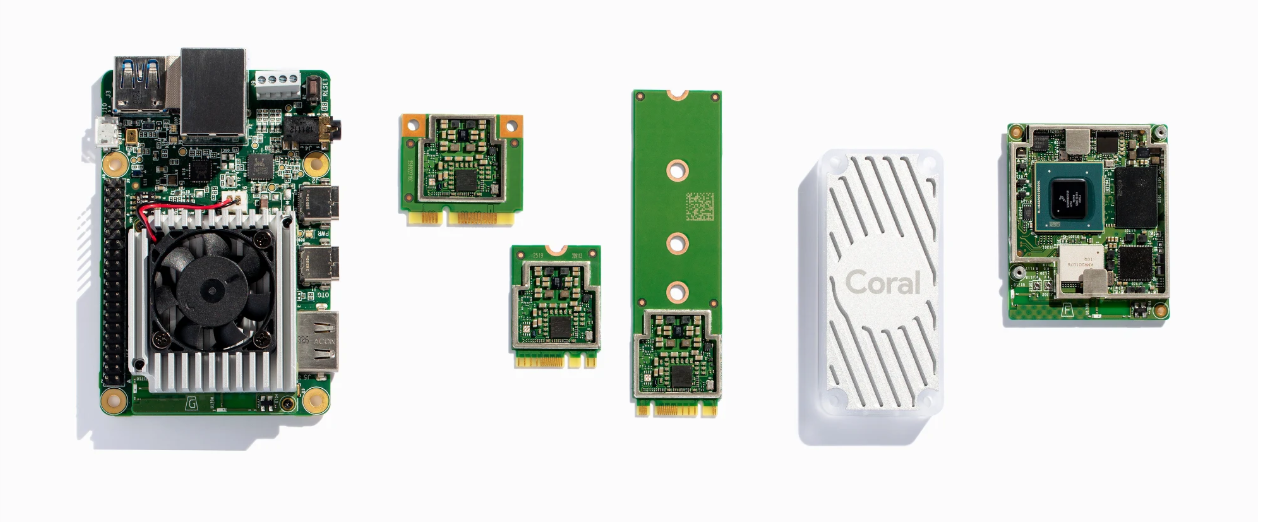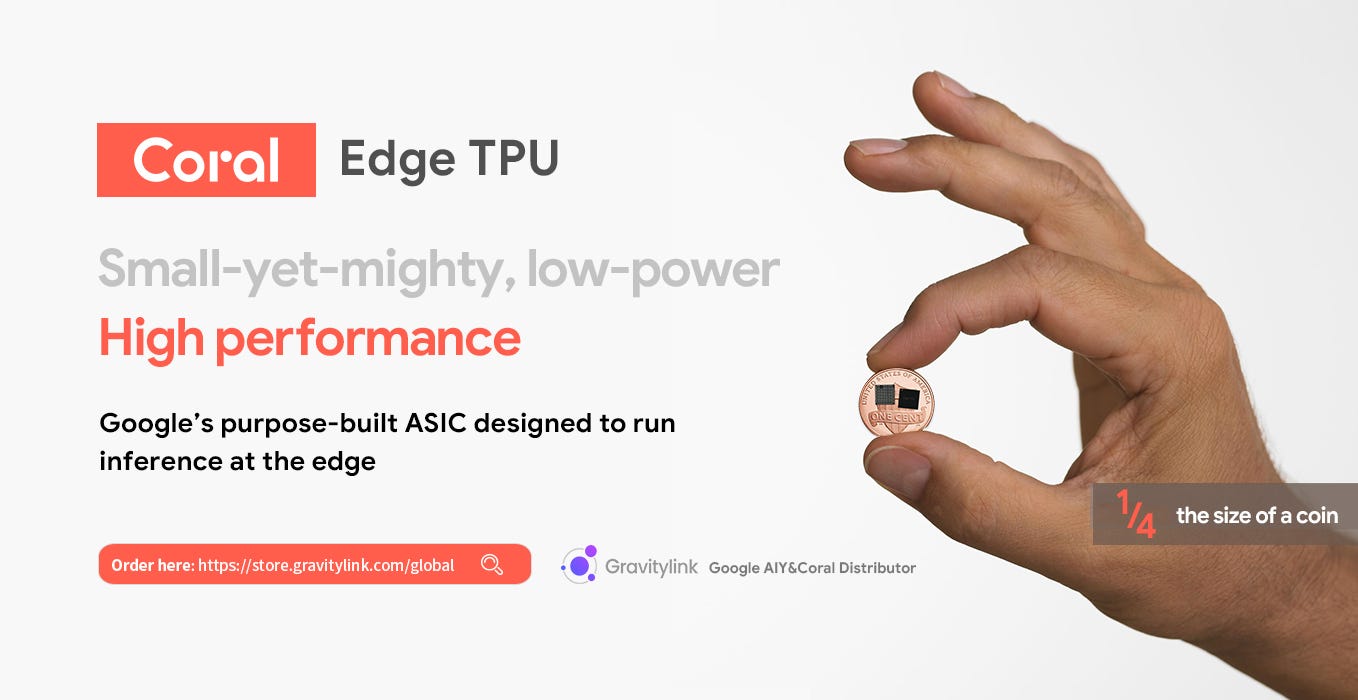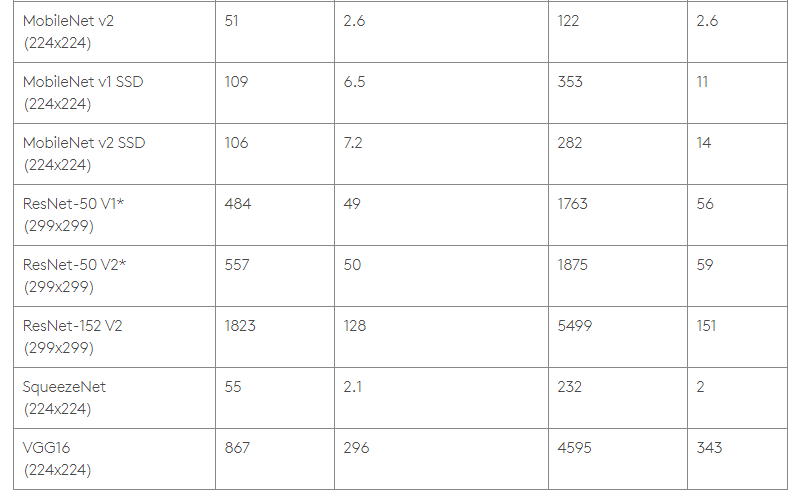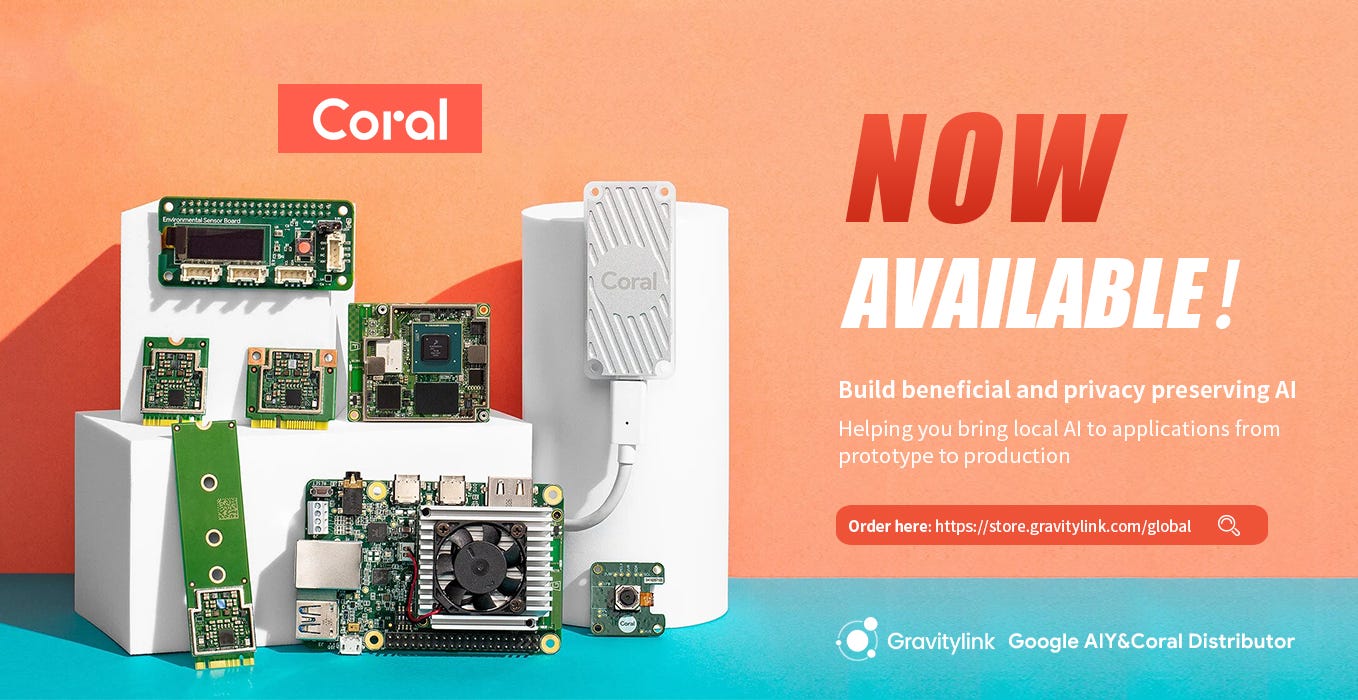1. What is the Edge TPU?
The Edge TPU is a small ASIC designed by Google that provides high performance ML inferencing for low-power devices. For example, it can execute state-of-the-art mobile vision models such as MobileNet V2 at almost 400 FPS, in a power efficient manner.

Google offers multiple products that include the Edge TPU built-in.

Two Edge TPU chips on the head of a US penny
2. What machine learning frameworks does the Edge TPU support?
TensorFlow Lite only.
3. What type of neural networks does the Edge TPU support?
The first-generation Edge TPU is capable of executing deep feed-forward neural networks (DFF) such as convolutional neural networks (CNN), making it ideal for a variety of vision-based ML applications.
4. How do I create a TensorFlow Lite model for the Edge TPU?
You need to convert your model to TensorFlow Lite and it must be quantized using either quantization-aware training (recommended) or full integer post-training quantization. (To create a compatible model with post-training quantization, you must use TensorFlow 1.15 and set both the input and output type to uint8; currently, you cannot use TensorFlow 2.0 because it supports only float input/output.) Then you need to compile the model for compatibility with the Edge TPU.
However, if you’re building an image classification application, you can also use Cloud AutoML Vision to easily build a model that’s compatible with the Edge TPU. This web-based tool provides a graphical UI to train a model with your own images, optimize the model, and then export it for the Edge TPU.
5. Can I use TensorFlow 2.0 to create my model?
Yes, you can use TensorFlow 2.0 and Keras APIs to build your model and train it. However, when you convert your model to TensorFlow Lite format, you must use the TensorFlow Lite converter from v1.15 to perform post-training quantization. This is because the TFLiteConverter in TensorFlow 2.0 currently does not support uint8 input and output tensors during quantization, which is required by the Edge TPU. Also, TensorFlow 2.0 currently does not support quantization-aware training.
6. What’s the Edge TPU’s processing power?
The Edge TPU is capable of performing 4 trillion operations (tera-operations) per second (TOPS), using 0.5 watts for each TOPS (2 TOPS per watt).
7. What kind of performance does it actually provide?



8. Can the Edge TPU perform accelerated ML training?
Yes, but only to retrain the final layer. Because a TensorFlow model must be compiled for acceleration on the Edge TPU, we cannot later update the weights across all the layers. However, we do provide APIs that perform accelerated transfer-learning in two different ways:
Backpropagation that updates weights for just the final fully-connected layer, using a cross-entropy loss function.
Weight imprinting that uses the image embeddings from new data to imprint new activation vectors in the final layer, which allows for learning new classifications with very small small datasets.
9. What’s the difference between the Dev Board and the USB Accelerator?
The Coral Dev Board is a single-board computer that includes an SOC and Edge TPU integrated on the SOM, so it’s a complete system. You can also remove the SOM (or purchase it separately) and then integrate it with other hardware via three board-to-board connectors — even in this scenario, the SOM contains the complete system with SOC and Edge TPU, and all system interfaces (I2C, MIPI-CSI/DSI, SPI, etc.) are accessible via 300 pins on the board-to-board connectors.
Whereas, the Coral USB Accelerator is an accessory device that that adds the Edge TPU as a coprocessor to your existing system — you can simply connect it to any Linux-based system with a USB cable (we recommend USB 3.0 for best performance).
10. Can I buy just the Edge TPU chip?
No, Google currently does not offer the standalone Edge TPU ASIC, but we do provide two products that make it easy to integrate the Edge TPU as a coprocessor for existing hardware systems using either USB 3.0 or a PCI-E interface.

If you are interested in Google Coral products, and more details about large volume or bulk sales (Volume Discounts) at #Gravitylink online store (https://store.gravitylink.com/global),
welcome to contact our sales team via email: sales@gravitylink.com or market@gravitylink.com, and we’ll get back to you with our best quotation ASAP.
评论
发表评论